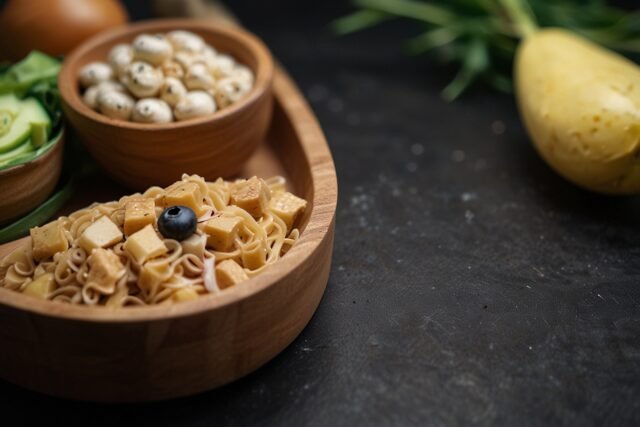“Keto Lifestyle: Optimal Health” encapsulates the essence of adopting a ketogenic diet as a way of life for achieving optimal health. It suggests that following a ketogenic lifestyle, which emphasizes high-fat, low-carb eating to induce ketosis, can lead to improved health outcomes. This includes benefits such as weight loss, better blood sugar control, enhanced mental clarity, and increased energy levels. The title implies that embracing the principles of the keto diet can contribute to overall well-being and vitality.

Ketogenic Diet (Keto) types:
1.Standard Ketogenic Diet (SKD):
The Standard Ketogenic Diet (SKD) is the most widely recognized and conventional type of the (KD). It includes definitely lessening starch admission and supplanting it with sound fats, while likewise keeping a moderate admission of protein. The regular macronutrient breakdown for the SKD is:
High Fat: By and large involves around 70-75% of all out day to day calories. Solid fats, for example, avocados, nuts, seeds, coconut oil, olive oil, and greasy cuts of meat are underlined.
Moderate Protein: Makes up around 20-25% of all out everyday calories. Protein sources incorporate meat, poultry, fish, eggs, and dairy.
Low Sugar: Commonly restricted to 5-10% of all out day to day calories. Carb sources primarily come from non-boring vegetables, salad greens, and modest quantities of nuts and seeds.
2.Targeted Ketogenic Diet (TKD):
The Designated Ketogenic Diet (TKD) is a variety of the (SKD). It includes consuming a modest quantity of starches around exercises to give additional energy.
In TKD, individuals consume carbs before exercise. They use easily digestible carbohydrates like glucose or dextrose. This pre-workout intake replenishes muscle glycogen. It supports sustained energy during intense or prolonged exercise. It doesn’t disrupt ketosis.
The amount of sugars consumed on the TKD is typically low. It’s usually around 25-50 grams. This amount can vary based on individual factors. These factors include activity levels, fitness goals, and tolerance to carbohydrates. Adjustments are made to prevent being removed from ketosis.
3.Cyclical Ketogenic Diet (CKD):
The Cyclical Ketogenic Diet (CKD) is a variation of the (SKD). It involves alternating between strict keto eating and higher carb intake, known as “carb refeeds.”
People typically follow a strict ketogenic diet for several days, usually five to six days. During this time, they consume very low amounts of carbohydrates, moderate amounts of protein, and high amounts of healthy fats.
4.High-Protein Ketogenic Diet:
The High-Protein Ketogenic Diet is a variety of the (SKD) that underscores a higher admission of protein while as yet keeping up with the standards of low sugar and high fat utilization to incite and keep up with ketosis.
5.Modified Ketogenic Diet:
The Changed Ketogenic Diet (MKD) is a variety of the (SKD) that takes into consideration a more adaptable way to deal with sugar consumption while as yet planning to initiate and keep up with ketosis.
6.Vegetarian or Vegan Keto:
Veggie lover or Veggie lover Keto consumes less calories are varieties of the (SKD) that take special care of people who follow veggie lover or vegetarian ways of life while as yet intending to initiate and keep up with ketosis.
In a Veggie lover Keto diet, people keep away from meat and fish yet incorporate other creature determined items like eggs, dairy, and every so often honey. A Veggie lover Keto diet prohibits every creature item, including meat, fish, eggs, dairy, and honey, depending completely on plant-based food sources.
Both Veggie lover and Vegetarian Keto eats less spotlight on high-fat, low-carb food sources to accomplish ketosis.





